Save the date for Back to School with ESA 2022–2023 Inspire article
Sparks students’ natural curiosity while learning about curriculum-relevant topics with ESA’s teach with space program.
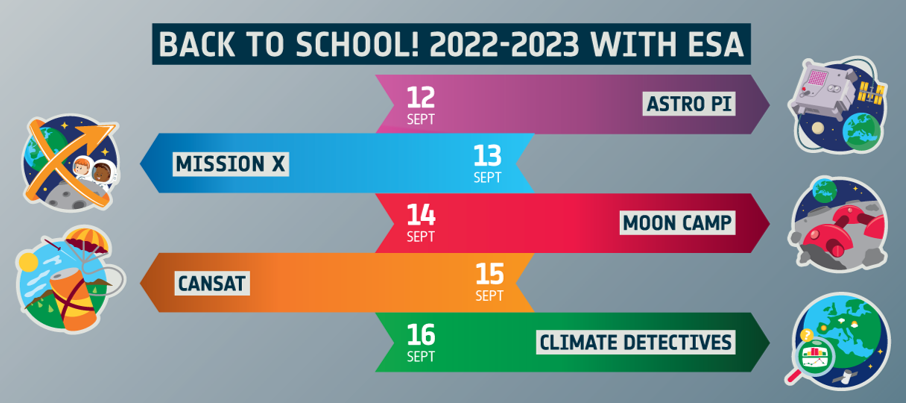
After a successful school year of inspiring teachers and students all over Europe with space, ESA is happy to announce the return of our school projects in 2022–2023.[1] Be ready for exciting challenges, from training like an astronaut to building your own ‘micro-satellite’. Choose your favourite, note the kick-off dates, and get ready to teach with space!
The projects
The European Astro Pi Challenge
Age: up to 19 years old
Registration opens: 12 September
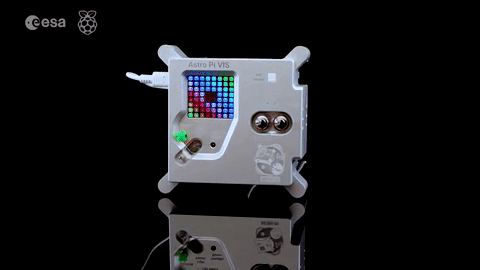
©ESA
Have you ever dreamt of performing an experiment in space? All you need to do is write a computer programme for our special Raspberry Pi computers (called Astro Pis) on board the International Space Station! In Mission Zero, you can take a colour measurement and display it along with a message for the astronauts. Teams taking part in Mission Space Lab will be able to design their own science experiment and get data back from space!
Astro Pi is run in collaboration with the Raspberry Pi Foundation.
Mission X: Train Like an Astronaut
Age: 8–12 years old
Registration opens: 13 September
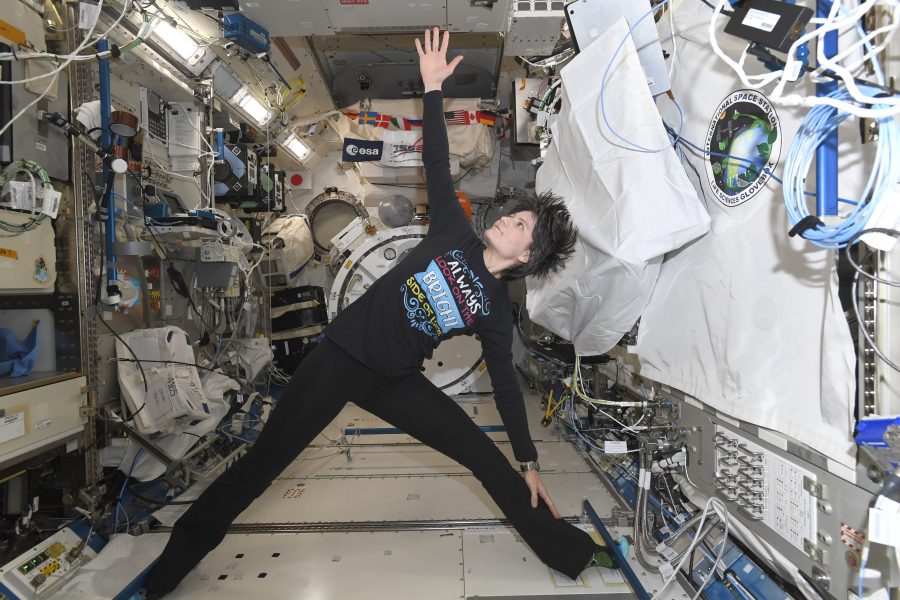
© ESA/NASA
It’s time to get up, move your body, and train like an astronaut! In Mission X, you’ll learn the key elements to keeping fit and staying healthy in space and on Earth. Complete physical exercises and scientific investigations developed by scientists and astronaut trainers. Earn steps to help mascots Luna and Leo walk to the Moon.
Mission X is a collaboration between ESA and the UK Space Agency, facilitated by the ESERO network.
Moon Camp Challenge
Age: up to 19 years old
Registration opens: 14 September
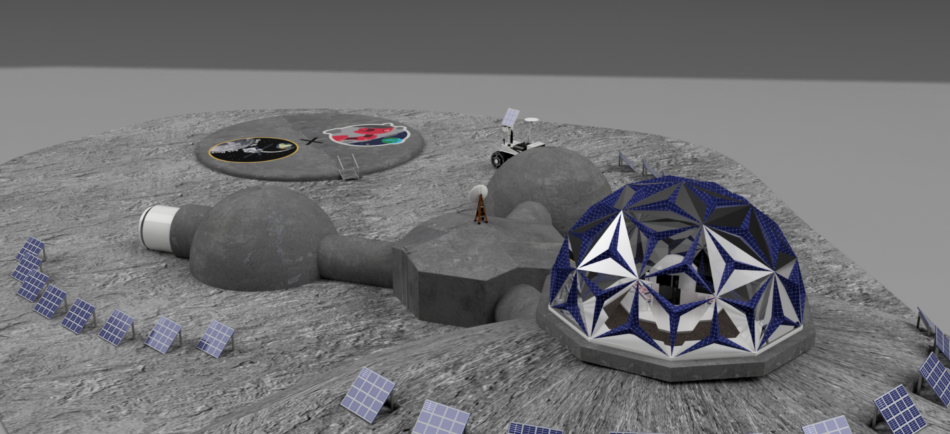
© ESA
Become an expert in lunar exploration and 3D design with the Moon Camp Challenge! Choose the level that best fits your team, from beginner to advanced, and start designing an out-of-this-world lunar base. Get inspired by the winning projects from 2021–22 at www.mooncampchallenge.org.
Moon Camp is a partnership between ESA and Airbus Foundation, in collaboration with Autodesk.
CanSat
Age: 14–19 years old
Registration opens: 15 September
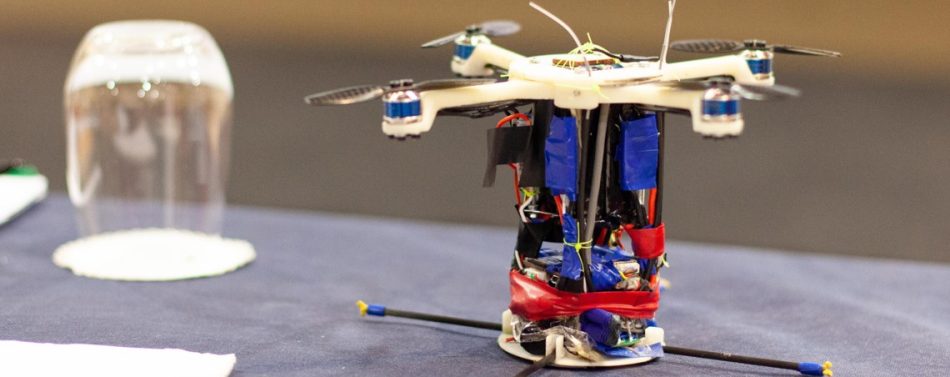
© ESA
What’s it like to take part in a real space project? Work together as a team to imagine, build, and launch a simulated satellite (CanSat) to find out.
CanSat offers a unique opportunity for students to gain practical experience of a real space project. They are responsible for all aspects: imagining the CanSat, selecting its mission, integrating the components, testing, preparing for launch, and then analysing the data.
Climate Detectives
Age: up to 19 years old
Registration opens: 16 September
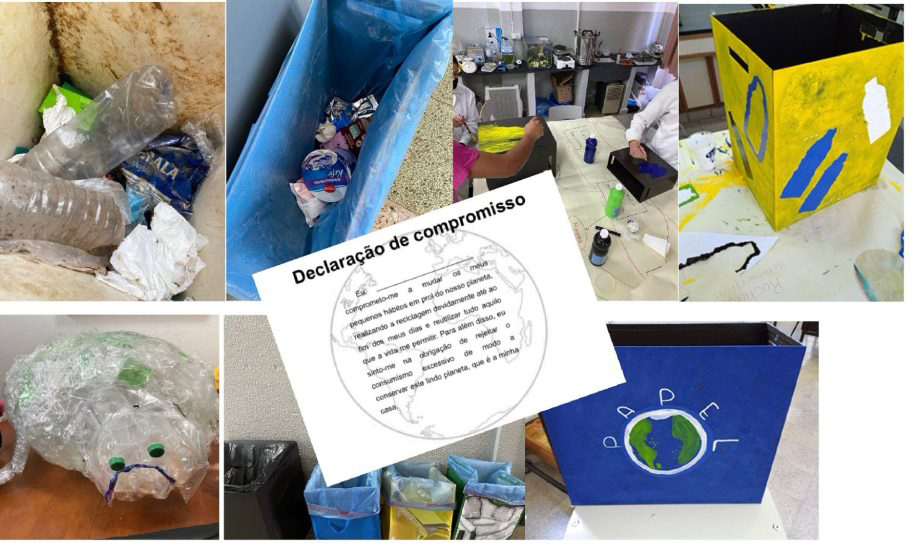
©Team Plastic World
In the Climate Detectives school project, teams of students are challenged to identify and investigate a local climate problem using real satellite images, historical climate data, or even their own measurements. They then use this data to propose simple actions to raise awareness or reduce the problem they investigated, that is, to make a difference for our planet. In the end, students share their results with the Climate Detectives community, like real scientists! Join the project and help ESA monitor and protect the Earth’s climate.
Practical details
Participation in these projects is free and open to school students in all 22 ESA Member States, as well as Lithuania, Latvia, Slovenia, Canada, and Malta. The Moon Camp Challenge and Mission X are open worldwide. For more information about the eligibility criteria, please consult the individual project guidelines.
If you want to know more about the school projects – how to apply, how to get started, supporting resources and more – join the Teach with Space Information Session on 27 September 2022. In this session we will also go through the calendar of online training opportunities for primary and secondary teachers and educators for the 2022–2023 school year.
Save the date and stay tuned to https://www.esa.int/Education/Teachers_Corner/ for more information. We look forward to another fantastic year of projects with ESA Back to School!
References
[1] Read the original article on the ESA website: https://www.esa.int/Education/Teachers_Corner/Save_the_date_for_Back_to_School_2022-23_with_ESA
Resources
- Learn how you can turn a cheap webcam into an infrared camera: ESA Education (2022) Infrared webcam hack – using infrared light to observe the world in a new way. Science in School 56.
- Discover how physicists study very small and large objects that cannot be directly observed or measured: Akhobadze K (2021) Exploring the universe: from very small to very large. Science in School 55.
- Devise a plan for growing plants on the Moon with your classroom: Hardie K, Cardoso C (2020) Astrofarmer: how to grow plants in space. Science in School 49: 33–37.
- Explore classroom activities to demonstrate some of the key principles of space science: Ahlgren O (2019) Rocket science made easy. Science in School 47: 34–37.
- Can your students save the Earth from an asteroid collision? Follows M (2018) Saving the Earth Hollywood-style. Science in School 43: 46–50.
- Read about the search for alien life: Tatalović M (2020) Alien life and where to find it. Science in School 50.
- Find out what the stars are made of: Ribeiro CI, Ahlgren O (2016) What are stars made of? Science in School 37: 34–39.
- Read about a planet where it rains iron: (2021) ESO telescope observes exoplanet where it rains iron. Science in School 51.





